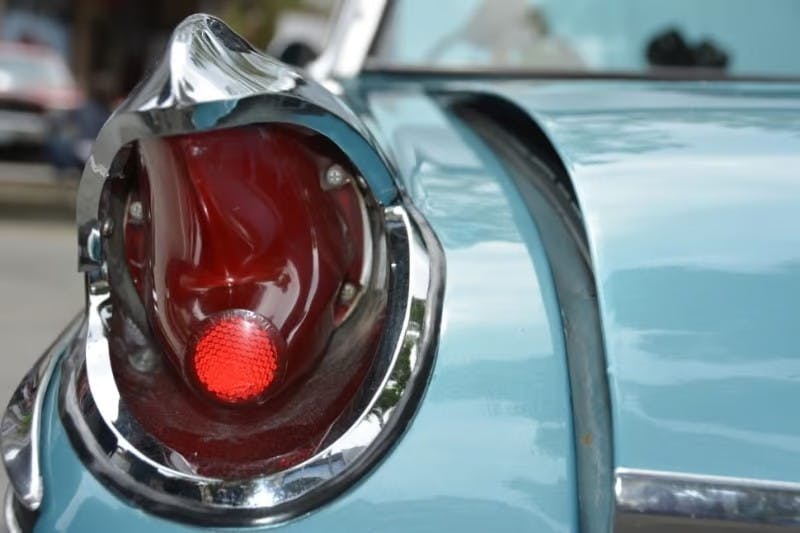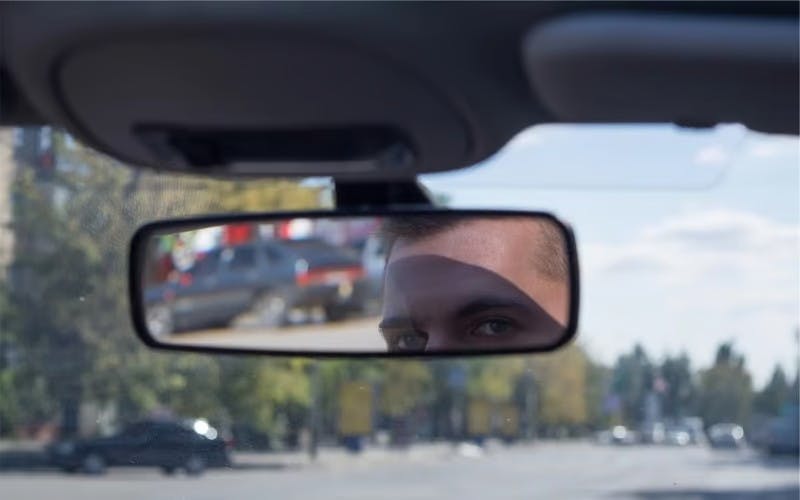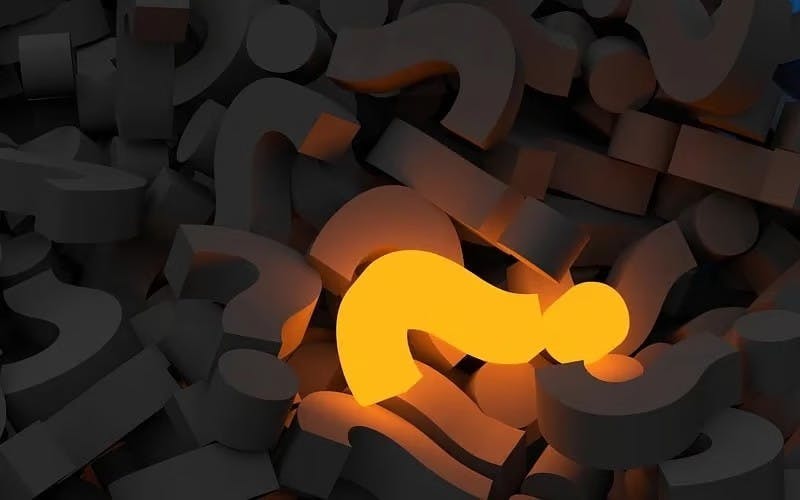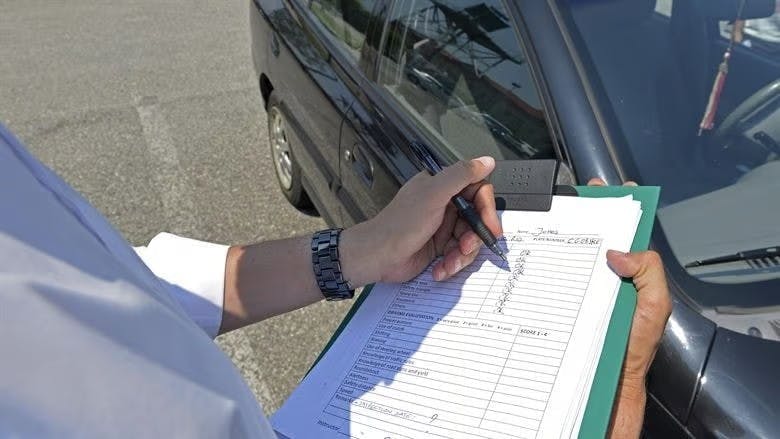
On the road, it's vital that you use the right signals to let other road users know what you're planning to do next. When done correctly, signalling can give road users enough time to react and take action, if necessary. If a driver forgets to use signals, or mistimes them, they could cause a serious accident. As such, knowing when you should and shouldn't signal while driving is crucial.
We're going to take a look at the types of signals that drivers can use on the road, when they should (and shouldn't) be used, and how they play a role in the driving test.
Ways to signal on the road
When you're at the wheel, every road user that you come across—drivers, cyclists and pedestrians alike—will rely on your signals in order to figure out what you intend to do next. By signalling correctly, you keep yourself and everyone else on the road safe. There are several key ways to signal your intentions on the road.
1. Indicators
The most obvious signal that we're sure you're familiar with is the use of indicators. Used by drivers to tell other road users when they intend to change direction or position on the road, they're probably one of the most important tools at the disposal of drivers.
2. Brake lights
When you use your brake pedal, the red lights at the back of your vehicle will light up to warn other road users that you're slowing down. If a vehicle's driving too closely behind you, you can gently touch the brake pedal to light up the brake lights (without altering your speed too much) to tell them to slow down and increase the space between you both.
3. Road position
The position you take on the road can be used to emphasise which direction you're going to take. If, for example, you're turning onto a right-hand side road, you can position your car towards the right-hand side of your lane (as well as indicating). Not only will this tell road users where you're going, it will also give them space to move into position if they're turning the other way.
4. Hazard lights
When you turn on your hazard lights, all of the indicators on your car will turn on and light up. Your hazard lights should be used sparingly and only in certain situations:
- If your car has broken down
- If you're obstructing traffic
- To warn other road users of a serious hazard up ahead
5. Horn
While some drivers are often wont to use the horn in a fit of pique to tell off other road users, it should only really be used in one situation: when you're on the move and you need to warn other road users that you're there.
You should not use your horn when your car is static, or if you're driving in a built-up area between 11pm and 7am.
6. Headlights
Whether you're a learner or a qualified driver, you've no doubt seen drivers using their headlights as a way of telling others that the way ahead is clear and that they should go. This method can be very dangerous, however, as you don't always know if the way ahead really is clear.
The Highway Code says that drivers should only flash their headlights in order to warn other road users of their presence. As such, it's a handy alternative to using the horn in situations where doing so is discouraged.
Please note: if you respond to headlights without checking it's safe enough to move on, you can end up failing your driving test.
The correct procedure for signalling

When you intend to change your position or direction on the road, it's important that you use the correct procedure to do so: the MSM (Mirror-Signal-Manoeuvre) routine.
If you intend to turn left at the end of a junction, for example, you need to check your mirrors to assess the position of traffic behind you. Is the driver behind you too close? Are there any cyclists nearby? Once you're sure of the situation, you need to indicate to warn other road users that you intend to change direction. You must then manoeuvre your vehicle—giving your mirrors another check.
You'd follow the same procedure if you intended to use your brake lights, for example, to tell the driver behind you that they're too close and need to make space.
Please note: signalling does not give you priority. Don't assume that other road users will give you space just because you've signalled.
When you should (and shouldn't signal)

It's all well and good knowing what types of signals you can use to tell other road users what you intend to do, but if you don't know when to use them, you're going to be in big trouble. So, when should (and shouldn't) you signal while driving? Let's see what the resident experts have to say…
What does the Highway Code say?
If you're looking to take your theory test—or have already done so—you should be familiar with the Highway Code. A compilation of rules and information for road users to promote safety on the road, the Code covers a range of topics, from road signs to vehicle markings to (you guessed it) signalling.
Here's what they have to say about signalling:
- Give clear signals in plenty of time, having checked it is not misleading to signal at that time
- Use them to advise other road users before changing course or direction, stopping or moving off
- Cancel them after use
- Make sure your signals will not confuse others
- Use an arm signal to emphasise or reinforce your signal if necessary
Not only is it important for you to signal correctly, it's also vital that you keep a close eye out for other road users and their signals. The Code further urges road users to:
- Watch out for signals given by other road users and proceed only when you are satisfied that it is safe
- Be aware that an indicator on another vehicle may not have been cancelled
While it seems pretty self-explanatory, driving isn't always black and white. Sometimes, the decision on whether to signal or not will rely entirely on the situation at hand.
So, let's take a look at situations in which you may or may not need to signal…
1. Moving off and stopping
If it will help other road users figure out what you intend to do next, it's always advisable to signal when moving off. If there's no-one there to benefit from your signalling, then you could choose not to. Doing so, however, is a great habit. If there's a road user you've not spotted, signalling anyway could prove to be the safest option.
It's important to use caution here, though. If you intend to move off, but a vehicle is approaching, you should avoid signalling straight away. The other vehicle might slow down and force you to move off before you're ready—or even attempt to swing around you to get ahead. In this case, it's better to wait until the vehicle has passed you by.
When stopping to park, deciding whether to signal or not also depends on the situation. If there are road users around—including pedestrians and cyclists—it will help immensely. If there's no-one around, you can choose not to.
2. Passing parked vehicles
In almost all cases, you shouldn't need to indicate when you're moving around parked cars. You should play it by ear, however, as there are some circumstances in which signalling might be beneficial. For example, if you're stopping behind a parked car to let oncoming traffic through, signalling will ensure that the vehicles behind you know that you're stopping momentarily and not pulling over.
3. Turning at junctions
You should always signal at the end of a junction. Using the MSM routine, you should use your indicators to tell other road users which direction you're going in. The use of your brake lights when you begin to slow down on the approach will also warn road users that you're slowing down.
It's advisable to use signals even when you believe no other road users to be about. After all, there may be someone out of view who could benefit from your signal, as long as you are doing so safely and correctly.
4. Overtaking and changing lanes
Regardless of what type of road you're travelling on, you should always indicate when overtaking another moving vehicle or changing lanes.
Special consideration should be given, however, when overtaking cyclists, with the width of the road playing an important role. When planning to overtake a cyclist with oncoming traffic, a brief signal is generally beneficial—especially when the road is relatively narrow. On a wider road, it may be possible to overtake without a signal.
5. On roundabouts
As we're sure you already know, signalling is vital on roundabouts. If your intention is to turn left or right on the approach to a roundabout, you should signal the direction you intend to take. If you're simply following the road straight ahead, however, you don't need to indicate. Make sure to use the left indicator just after the exit before the one you're taking if turning right or going ahead.
Please note: you don't have to apply the second signal on mini-roundabouts, as they're too small.
When you do signal, remember…
Timing is key when it comes to signalling. If you give a signal too early or too late, it could have serious consequences for yourself and other road users.
The Code uses this example to reiterate the importance of timing: “If, for instance, you want to stop after a side road, do not signal until you are passing the road. If you signal earlier it may give the impression that you intend to turn into the road”.
It's also important to:
- Make sure you give yourself time for observations—look at who will be affected by your actions and whether you have enough space.
- Make sure your signal is clear. If you intend to turn at the end of the road, don't turn on your indicator as you're passing a side road—it will just confuse other road users.
- Cancel your signals. Don't leave your indicators on too long after a manoeuvre—other road users might mistakenly assume you're turning off the road when you're not.
What role does signalling play in the driving test?

Driving test examiners are taught to keep their eye out for a range of driving test faults that candidates might make during the practical test. Amongst many other skills, they'll also be watching you closely to see whether you use signals clearly and correctly. They will expect you to do so:
- In plenty of time; not too early and not too late
- When necessary: before you change direction, when you pull off or move off
- On the approach to a junction, unless it is clearly marked as going in one direction only
You'll also be expected to cancel your signals once they're no longer needed. You can expect to find yourself being given minor faults (or major, if you accumulate enough of them) for:
- Not giving signals, causing possible confusion to other road users
- Giving misleading signals—either too early or too late
- Not cancelling signals once a manoeuvre or direction change has completed
- Signalling for too short or long a time
Whilst we definitely wouldn't recommend you signal for everything you do on the road—it could cause serious confusion—you certainly won't get a fault on your test for indicating when no-one's there. If you forget to signal with someone behind you, however, you might well get a fault.
To summarise…
Unfortunately, there are many aspects of driving that aren't entirely black and white. Signalling is a particularly grey area. Whilst there are undoubtedly many cases in which you should always signal (e.g., at junctions), there are also some where you need to use your best judgement. Drivers need to be capable of evaluating all the factors they have at hand and carrying out the right decision once they're certain.
Mastering the ability to know when you should (and shouldn't) signal while driving can be a long process for learner drivers. It's up to you, as a safe driver, to assess the situation and respond appropriately.
Subscribe for driving advice, offers & more
We'd love to let you know about our courses, news and offers via email. You may unsubscribe at any time.
Star Genie Limited trading as PassMeFast. Company number 10093359
Copyright © 2024 owned by Star Genie Limited
PassMeFast, Blue Tower, MediaCityUK, Salford, M50 2ST
